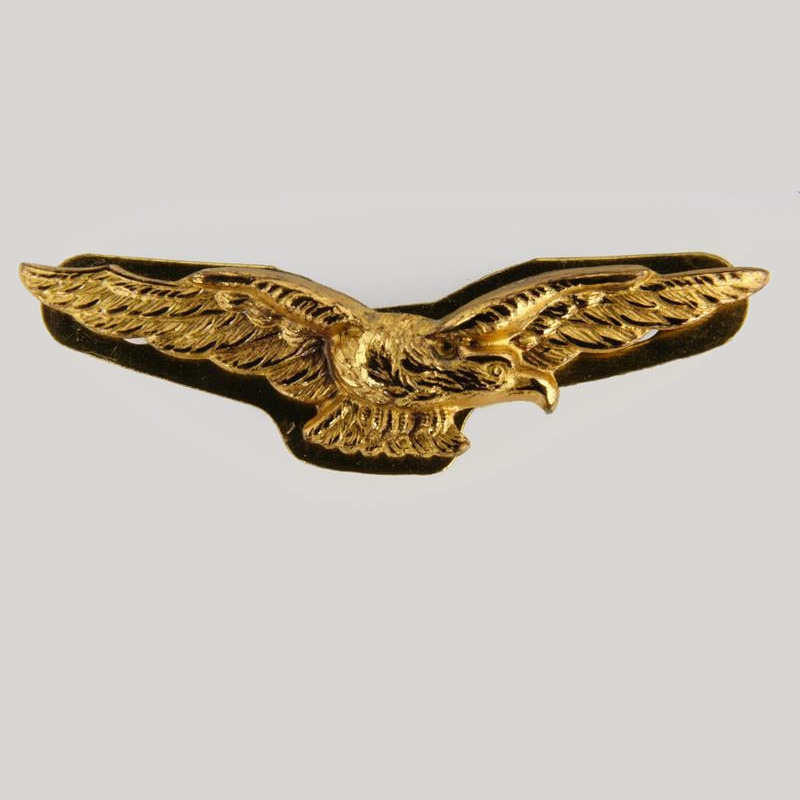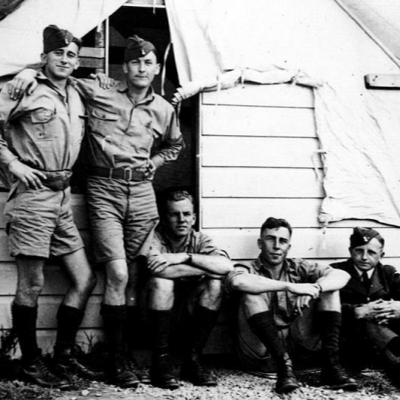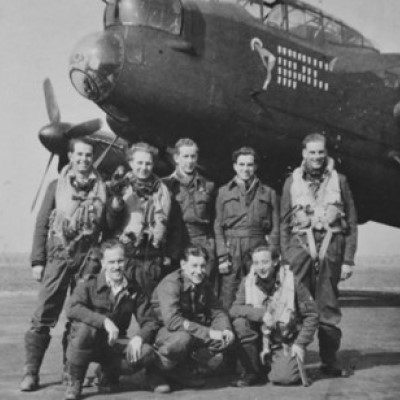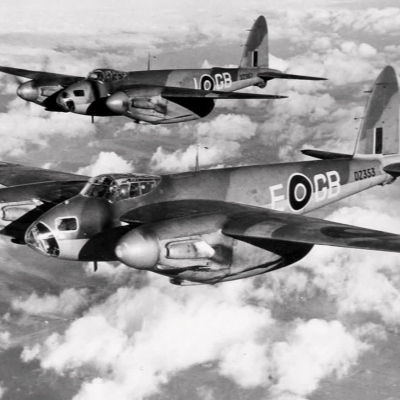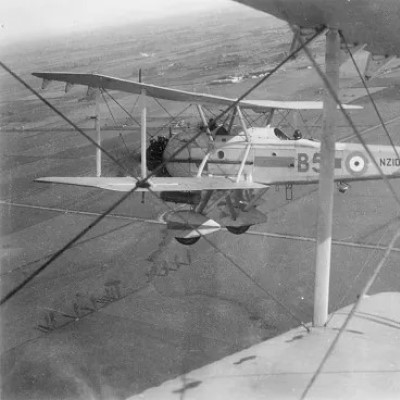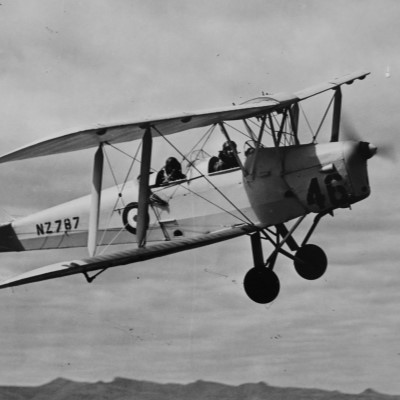Research
Research
Pathfinders
Pathfinders was the only officially delineated elite force in the RAF. They were target-marking squadrons in RAF Bomber Command. Their role was to locate and mark targets with flares, at which the main bomber force could aim, increasing the accuracy of their bombing.
The Path to Bomber Command – Part 2
Following a successful application to join the RNZAF (see Part 1 - https://www.nzbombercommand.co.nz/the-path-to-bomber-command-part-1/), the next step for aspiring aircrew was awaiting for callup to the Initial Training Wing (ITW). Delays meant that some were transferred to the Army until the RNZAF, worried about losing good airmen, recalled them. Aerodrome defence units were formed to keep them away from the Army’s clutches.
Bomber Command Service History
To assist those interested in finding out more about the Bomber Command service history of a family member, friend or relative, Chris Newey and Carolyn Clark have compiled a set of online resources to explore.
We will keep this as a live resource and welcome further suggestions of information sources that may be useful for other researchers.
The Aircraft of Bomber Command – the de Havilland Mosquito
The Mosquito was one of the most successful aircraft of WWII and surely the most versatile. Used by Bomber Command as both pathfinder and light-bomber, it also served with the RAF in fighter-bomber, night fighter, maritime strike and photo reconnaissance roles. The Mosquito truly was ‘The Wooden Wonder.’
The Early Days
From July 1937 until the outbreak of war in September 1939, the RAF conducted selection courses for pilots in New Zealand. The successful volunteers were offered short course commissions in the RAF and were amongst the very first to carry out Bomber Raids against Germany.
The Path to Bomber Command: Part 1
In the early 1940s many young men wanted to be pilots. But prior to this “great adventure,” candidates had to work their way through military bureaucracy before acceptance for initial training. In the first of a series on the path to Bomber Command operations, we follow the paper trail.
